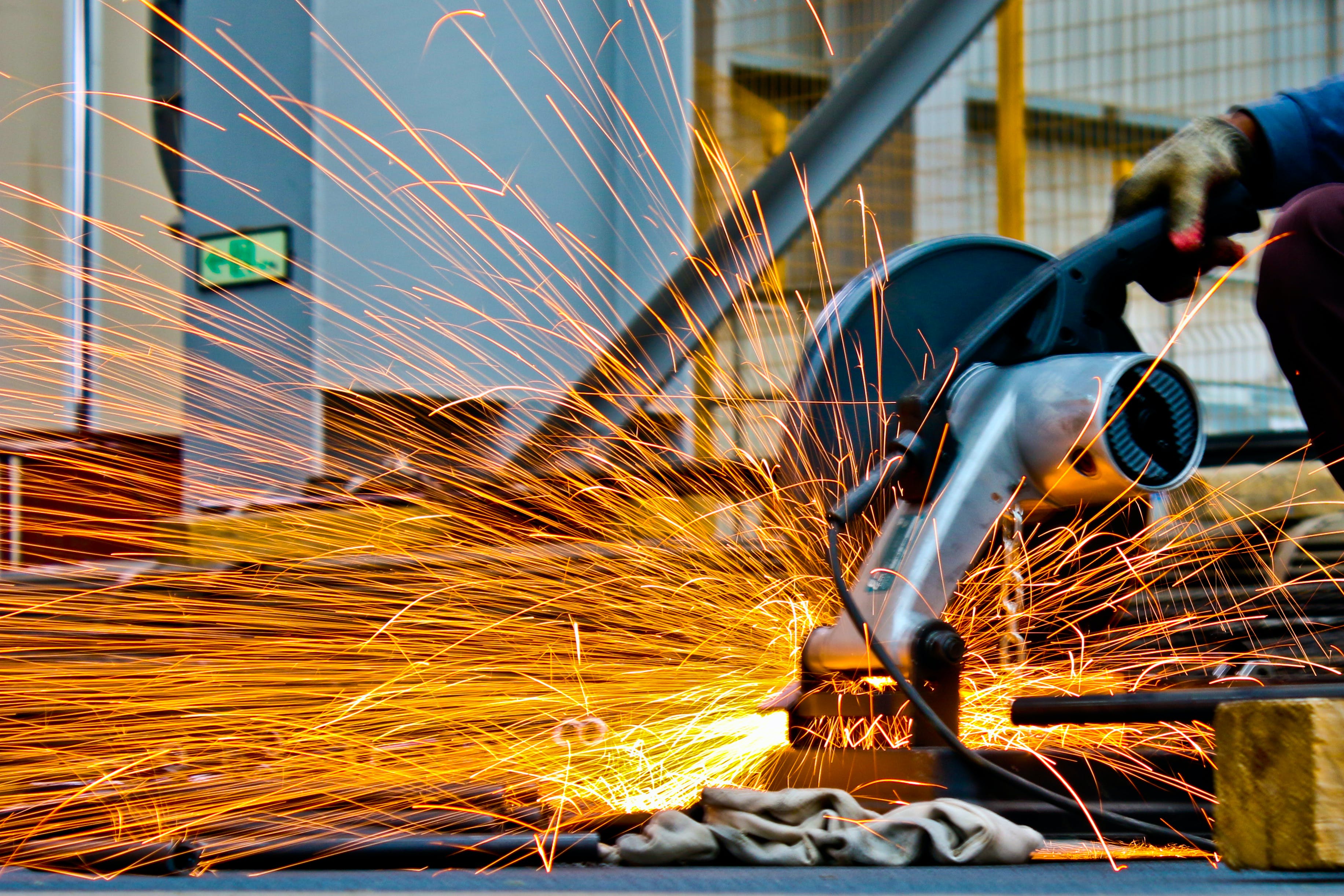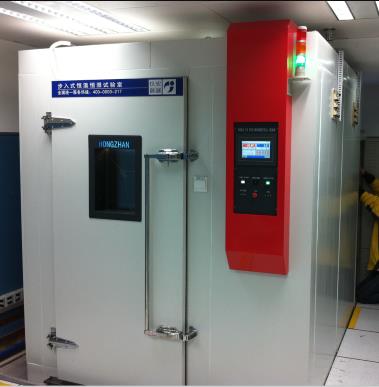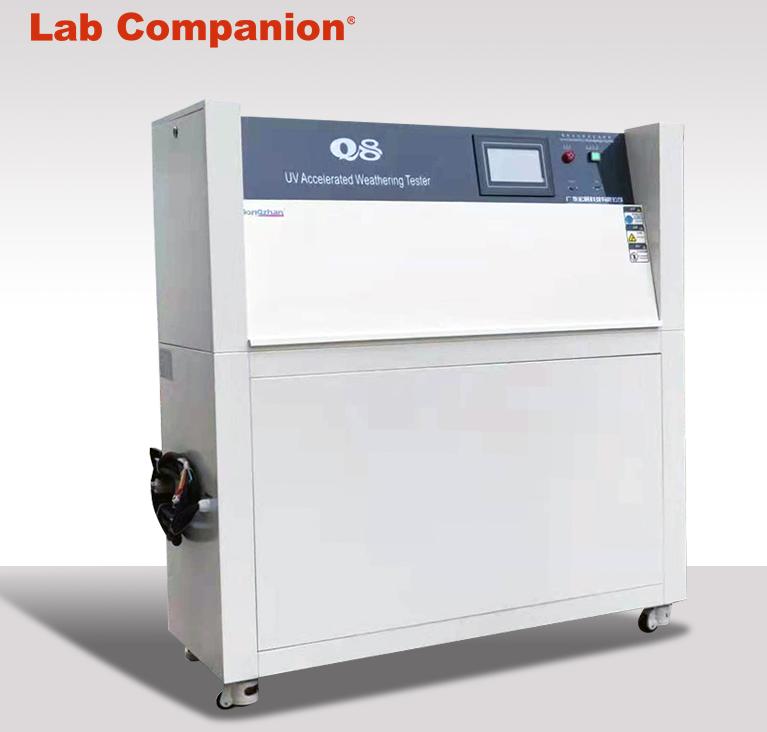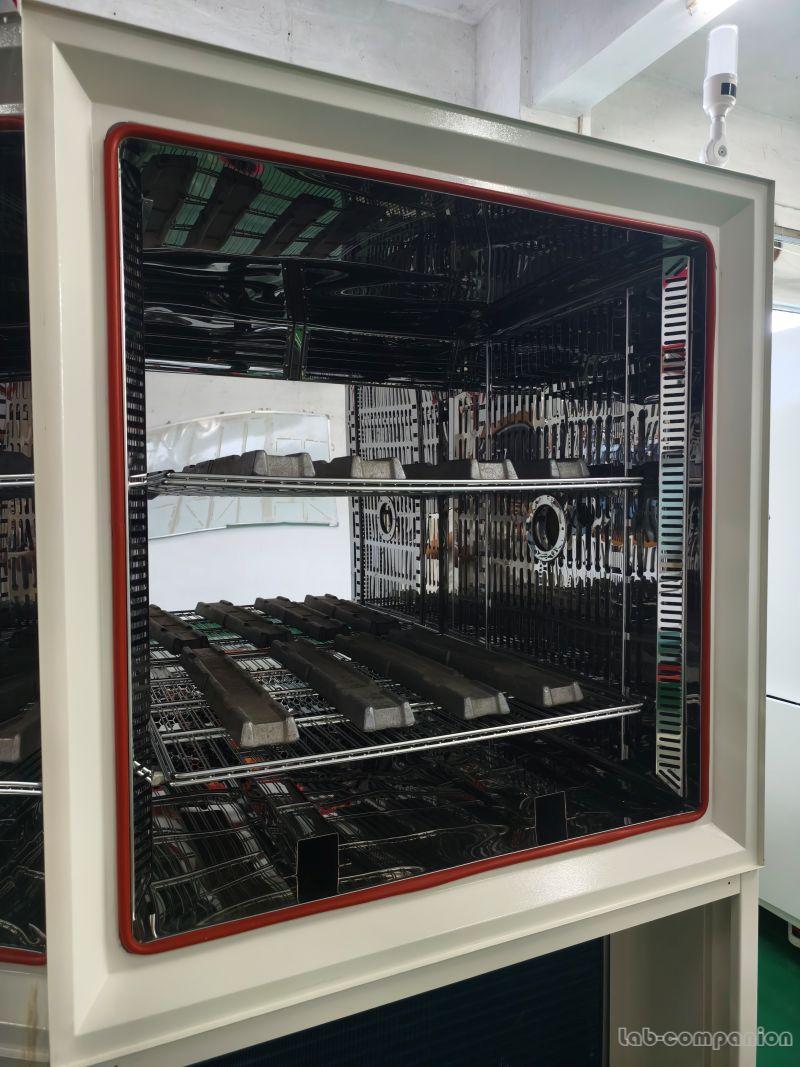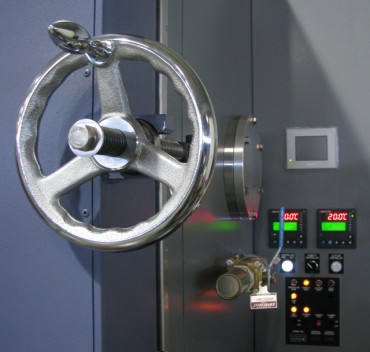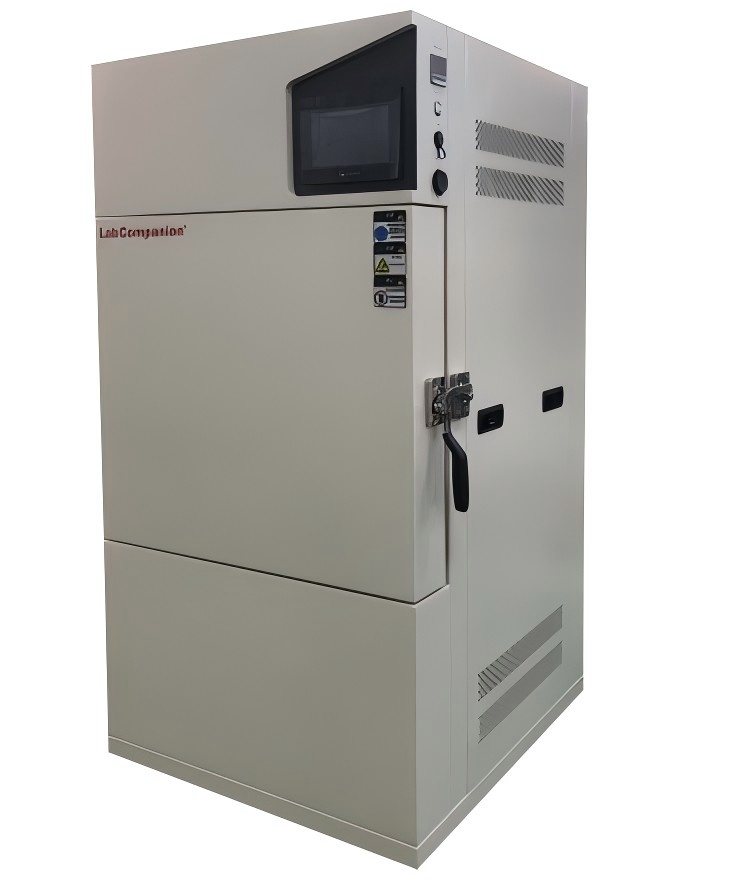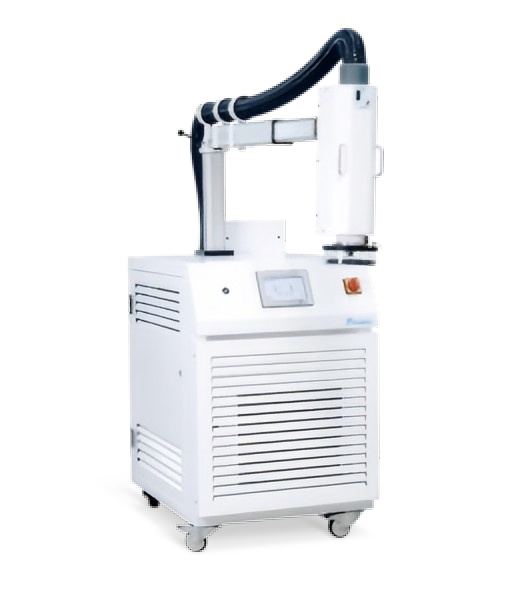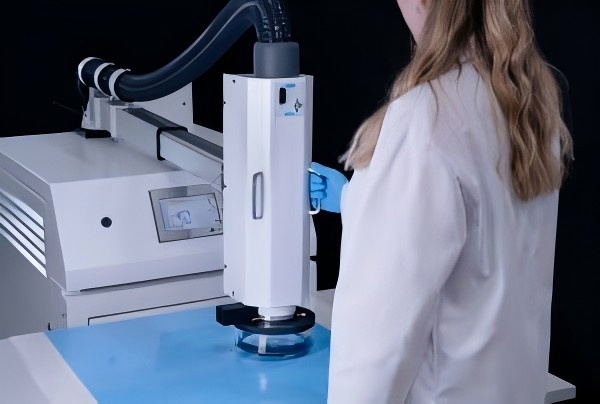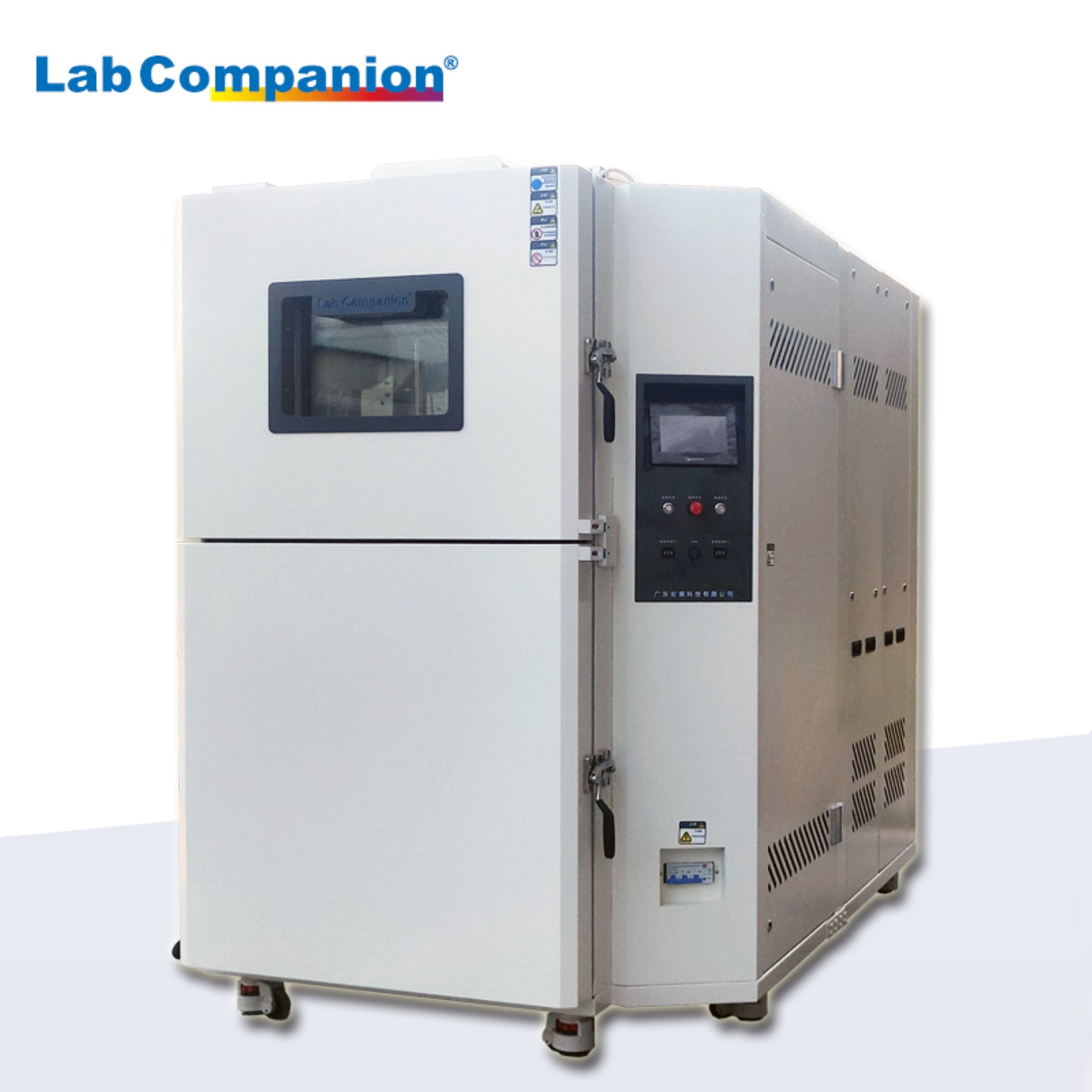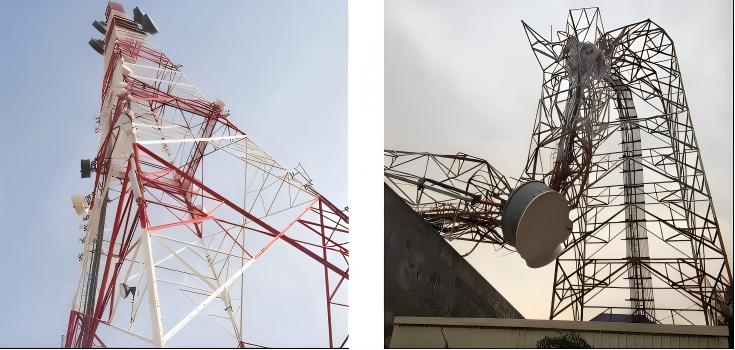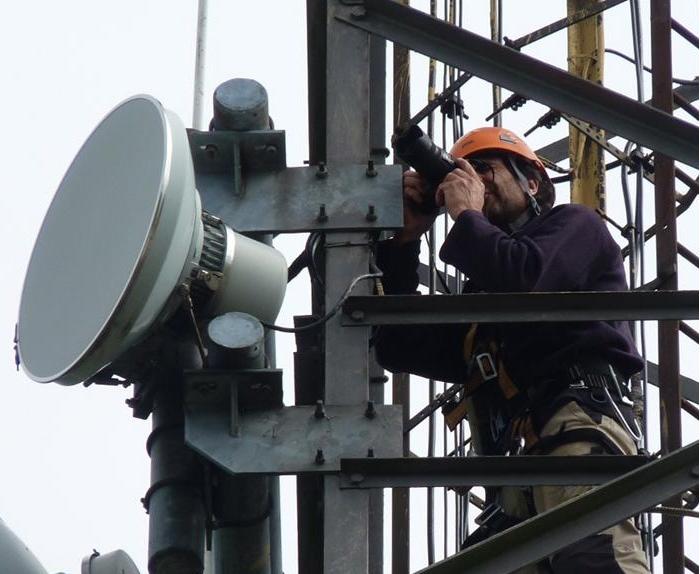Introduction:
To ensure the quality of pharmaceutical products, stability testing must be conducted to estimate their shelf life and storage conditions. Stability testing primarily investigates the impact of environmental factors such as temperature, humidity, and light on the quality of pharmaceuticals over time. By studying the degradation curve of the product, the effective shelf life can be determined, ensuring the efficacy and safety of the drug during its use.
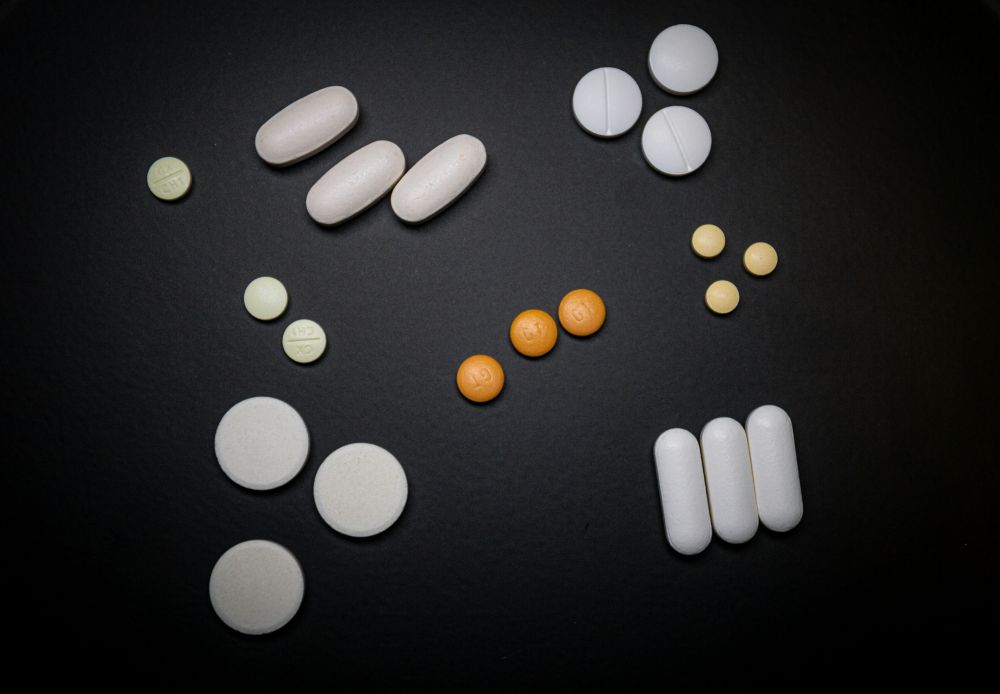
Storage Conditions for Pharmaceuticals
General Storage Conditions
|
Test Type |
Storage Conditions(Note 2) |
|
Long-term Testing |
25°C ± 2°C / 60% ± 5% RH or 30°C ± 2°C / 65% ± 5% RH |
|
Accelerated Testing |
40°C ± 2°C / 75% ± 5% RH |
|
Intermediate Testing (Note 1) |
30°C ± 2°C / 65% ± 5% RH |
Note 1: If the long-term testing condition is already set at 30°C ± 2°C / 65% ± 5% RH, intermediate testing is not required. However, if the long-term condition is 25°C ± 2°C / 60% ± 5% RH and significant changes are observed during accelerated testing, intermediate testing should be added. The evaluation should be based on the criteria for "significant changes."
Note 2: For impermeable containers such as glass ampoules, humidity conditions may be exempt unless otherwise specified. However, all test items specified in the stability testing protocol must still be performed for intermediate testing. Accelerated testing data must cover at least six months, while intermediate and long-term stability testing must cover a minimum of twelve months.
Storage in Refrigerators
|
Test Type |
Storage Conditions |
|
Long-term Testing |
5°C ± 3°C |
|
Accelerated Testing |
25°C ± 2°C / 60% ± 5% RH |
Storage in Freezers
|
Test Type |
Storage Conditions |
|
Long-term Testing |
-20°C ± 5°C |
|
Accelerated Testing |
5°C ± 3°C |
Stability Testing for Formulations in Semi-Permeable Containers
For formulations containing water or solvents that may experience solvent loss, stability testing should be conducted under low relative humidity (RH) conditions when stored in semi-permeable containers. Long-term or intermediate testing should be performed for 12 months, and accelerated testing for 6 months, to demonstrate that the product can withstand low RH environments.
|
Test Type |
Storage Conditions |
|
Long-term Testing |
25°C ± 2°C / 40% ± 5% RH or 30°C ± 2°C / 35% ± 5% RH |
|
Accelerated Testing |
40°C ± 2°C / ≤25% RH |
|
Intermediate Testing (Note 1) |
30°C ± 2°C / 35% ± 5% RH |
Note 1: If the long-term testing condition is set at 30°C ± 2°C / 35% ± 5% RH, intermediate testing is not required.
Calculation of Water Loss Rate at 40°C
The following table provides the water loss rate ratio at 40°C under different relative humidity conditions:
|
Substitute RH (A) |
Reference RH (R) |
Water Loss Rate Ratio ([1-R]/[1-A]) |
|
60% RH |
25% RH |
1.9 |
|
60% RH |
40% RH |
1.5 |
|
65% RH |
35% RH |
1.9 |
|
75% RH |
25% RH |
3.0 |
Explanation: For aqueous pharmaceuticals stored in semi-permeable containers, the water loss rate at 25% RH is three times that at 75% RH.
This document provides a comprehensive framework for conducting stability testing under various storage conditions to ensure the quality, efficacy, and safety of pharmaceutical products throughout their shelf life.
These experiments can be achieved through our high and low temperature humid heat test chamber, more customized requirements please contact us.
